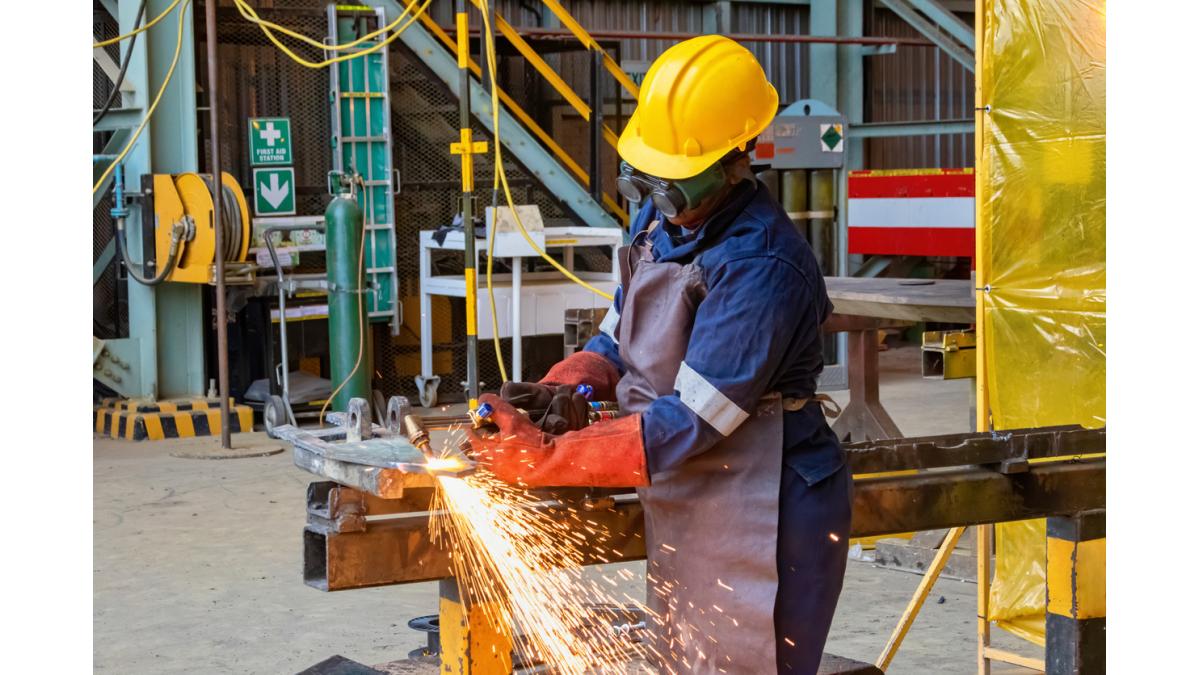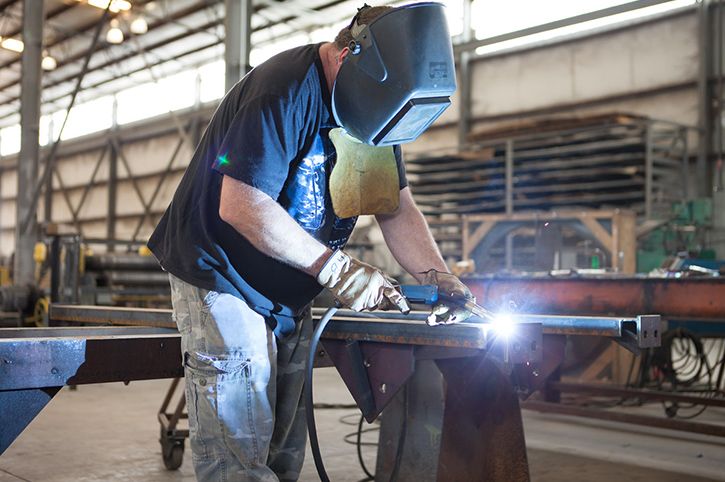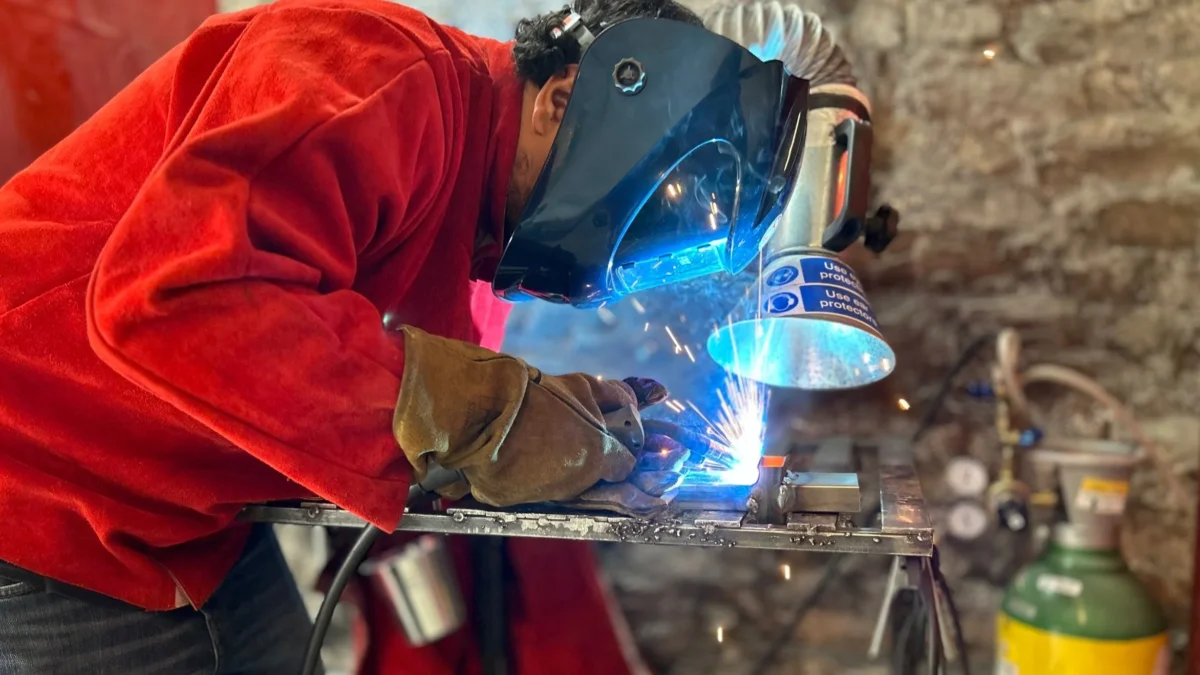Welding & Fabrication
Welding & Fabrication

Course Overview
The Welding & Fabrication course provides students with the essential theoretical knowledge and hands-on practical experience needed to work in the metal fabrication industry. This program covers metal joining techniques, cutting, shaping, and assembling metal structures, while emphasizing safety, precision, and adherence to industry standards. Participants will gain the skills required to perform welding and fabrication tasks for construction, manufacturing, and industrial applications.
Course Objective
By the end of this course, learners will be able to:
Understand the fundamentals of welding and fabrication processes.
Identify and use different welding methods such as MIG, TIG, and arc welding.
Read and interpret engineering drawings and blueprints.
Fabricate, assemble, and repair metal structures and components.
Apply correct safety procedures in welding and cutting operations.
Operate and maintain welding and fabrication tools and equipment.

Who Should Enroll?
This course is ideal for:
Individuals seeking to start a career in welding or metal fabrication.
Technicians and artisans who want to enhance their technical skills.
Entrepreneurs interested in metal works, construction, or manufacturing businesses.
Students and trainees in technical and vocational fields.
Course Modules
1. Introduction to Welding & Fabrication
Overview of the welding industry and fabrication processes
Types of metals and their properties
2. Welding Tools, Equipment, and Materials
Identification and maintenance of welding tools and machines
Selection and handling of welding materials
3. Welding Processes and Techniques
Shielded Metal Arc Welding (SMAW)
Gas Metal Arc Welding (MIG)
Tungsten Inert Gas Welding (TIG)
Oxy-acetylene welding and cutting
4. Fabrication and Metalwork
Measuring, cutting, bending, and assembling metal components
Fabrication of frames, gates, tanks, and structural supports
5. Blueprint Reading and Design Interpretation
Understanding and interpreting technical drawings
Layout and marking for fabrication
6. Welding Safety and Quality Control
Safety practices in the workshop
Inspection, testing, and defect correction
7. Project Work and Practical Applications
Real-life fabrication projects
Welding and assembly practice sessions
Learning Methods
Intensive practical workshop training
Instructor-led theoretical classes
Group projects and individual assignments
Real-world industrial simulations
Assessment & Certification
Continuous practical performance evaluations
Written tests on welding theory and standards
Final fabrication project assessment
Successful participants receive a Certificate in Welding & Fabrication Technology
Career Opportunities
Graduates can work as:
Welders / Fabricators in construction or manufacturing industries
Maintenance Technicians / Workshop Assistants
Metal Structure Designers or Fabrication Supervisors
They can also establish their own welding and fabrication workshops or progress to specialized fields like industrial welding, pipeline welding, or marine fabrication.
Duration & Requirements
Duration: 3 – 6 months (depending on training schedule)
Requirements: Basic understanding of technical drawings and mathematics; interest in practical metalwork. No prior experience required.

